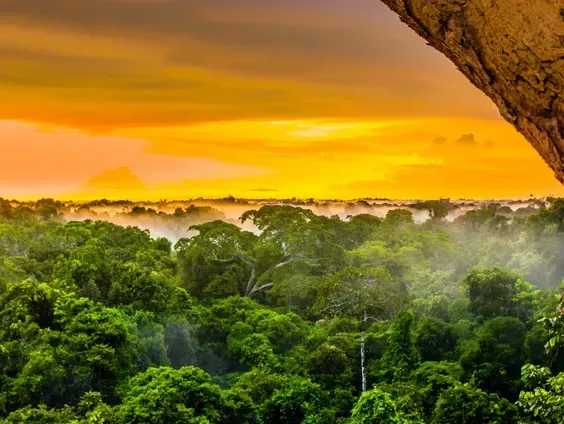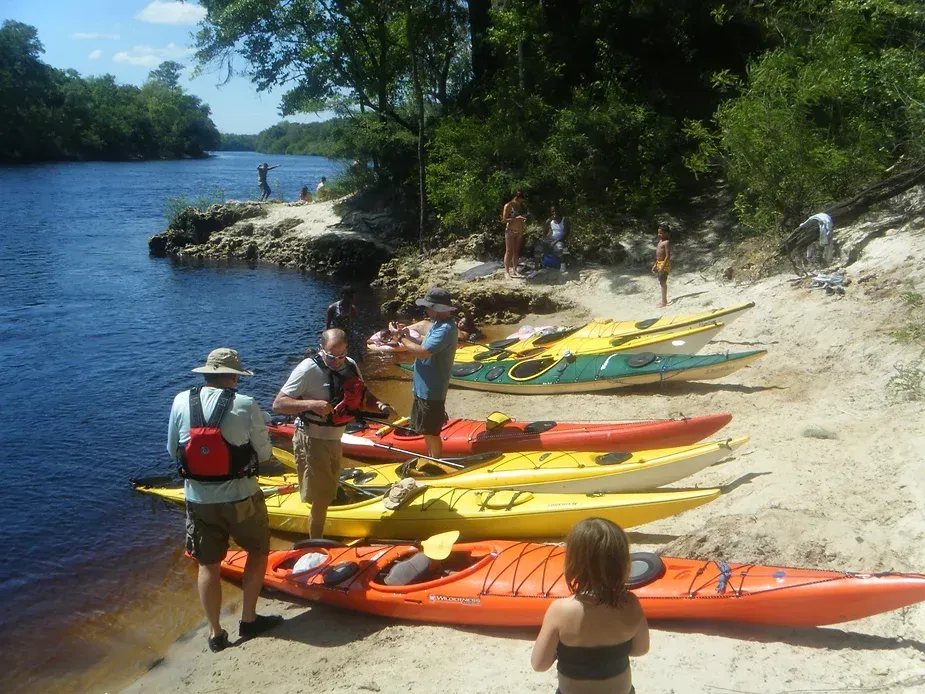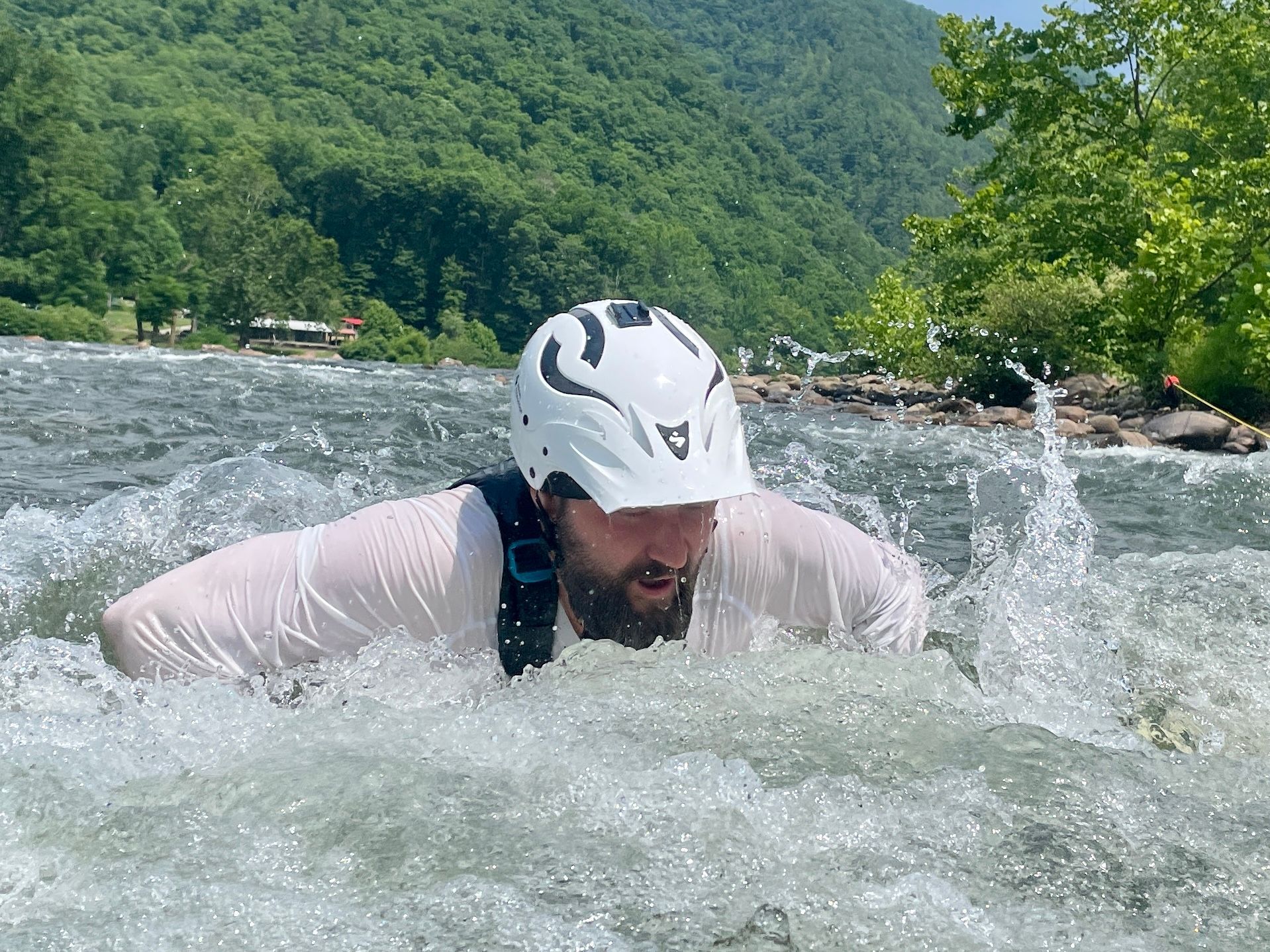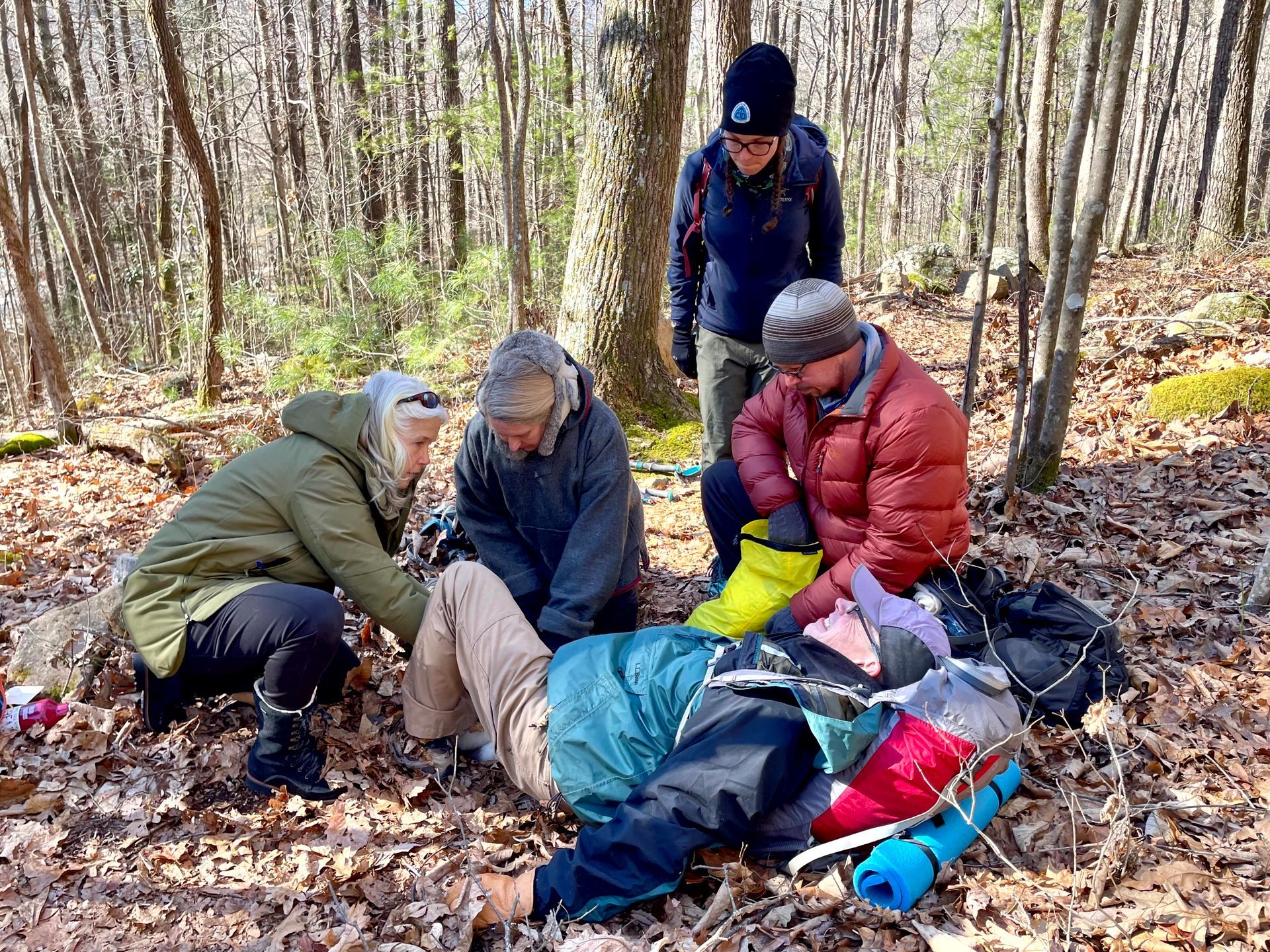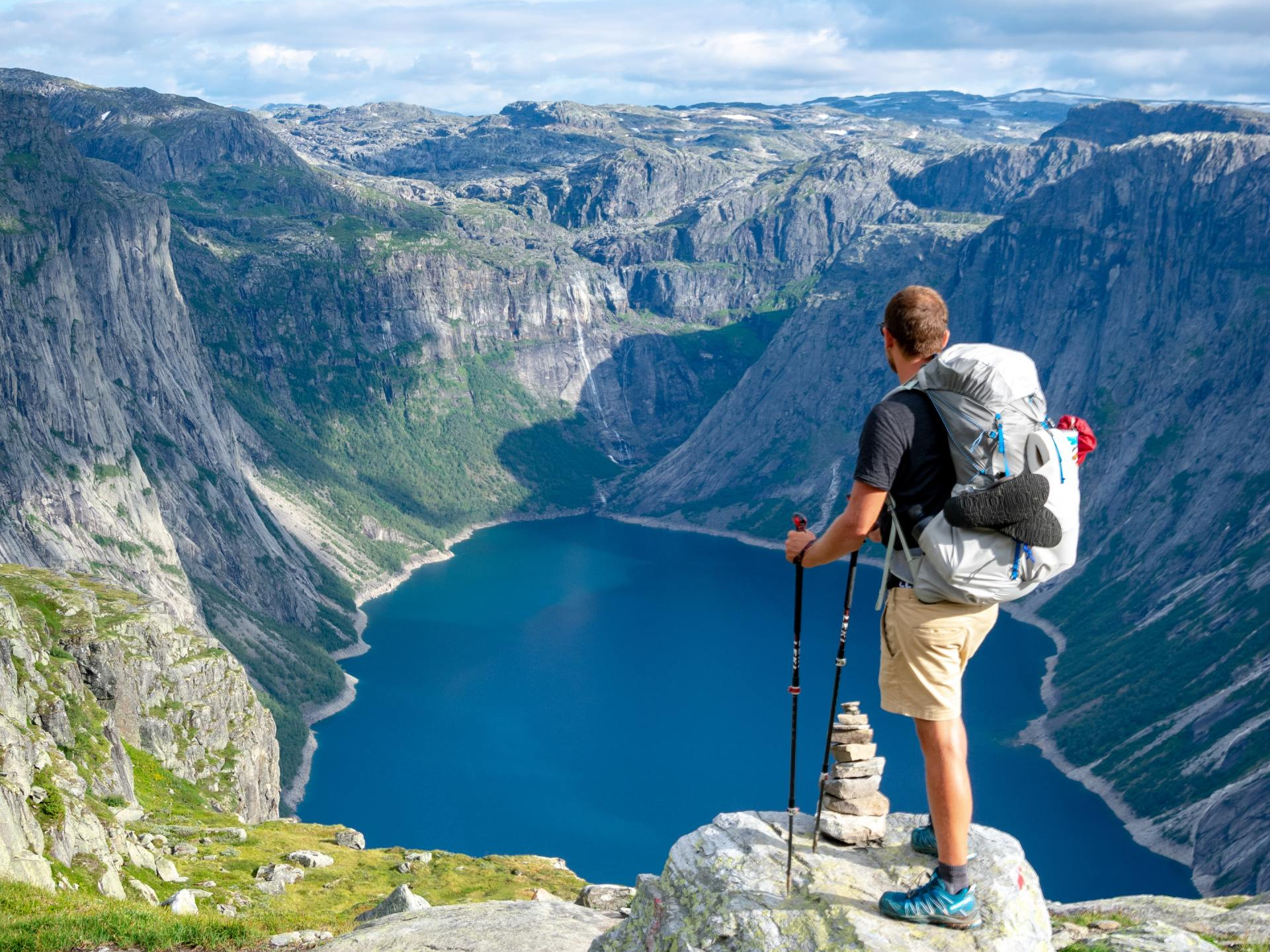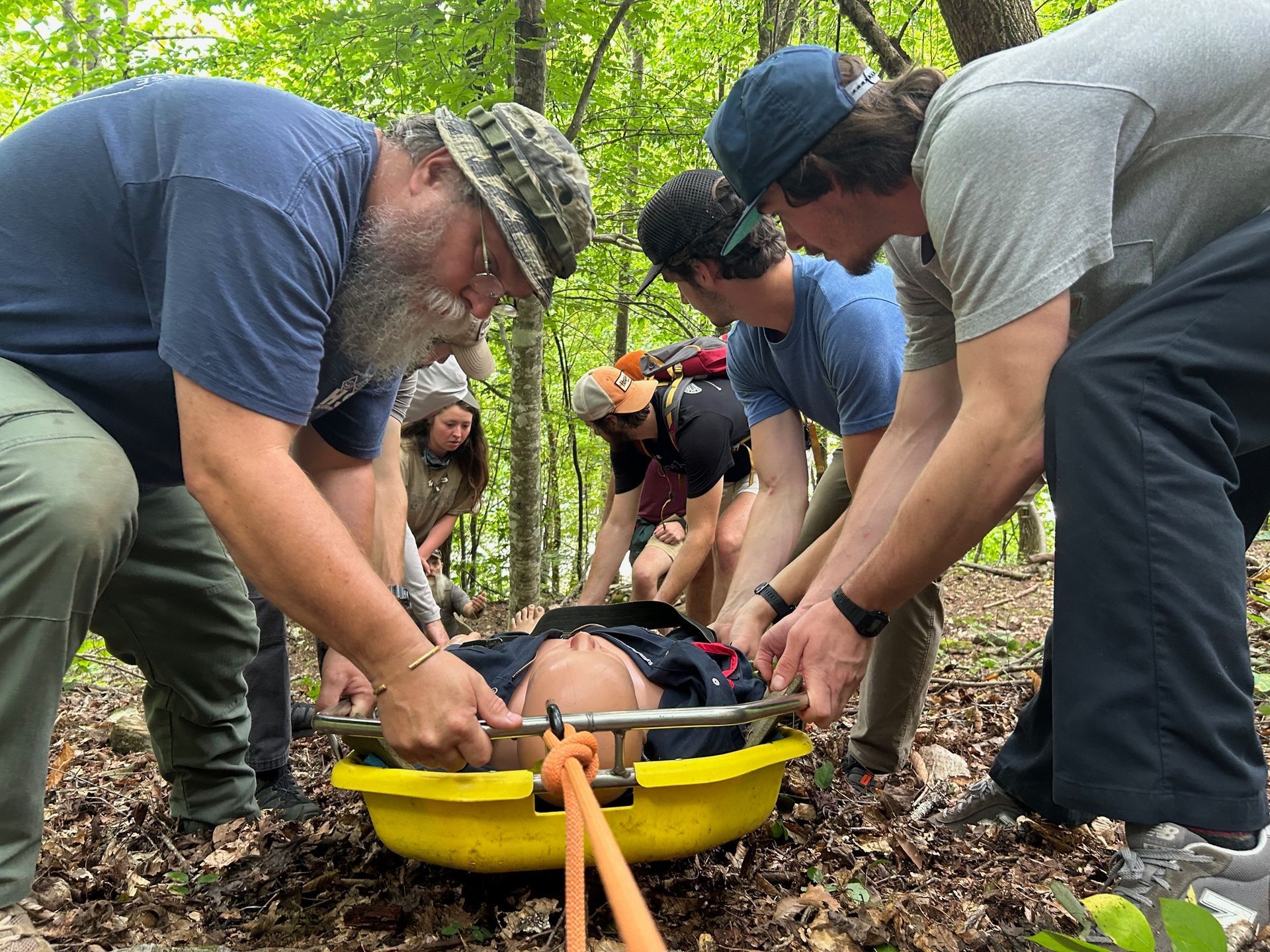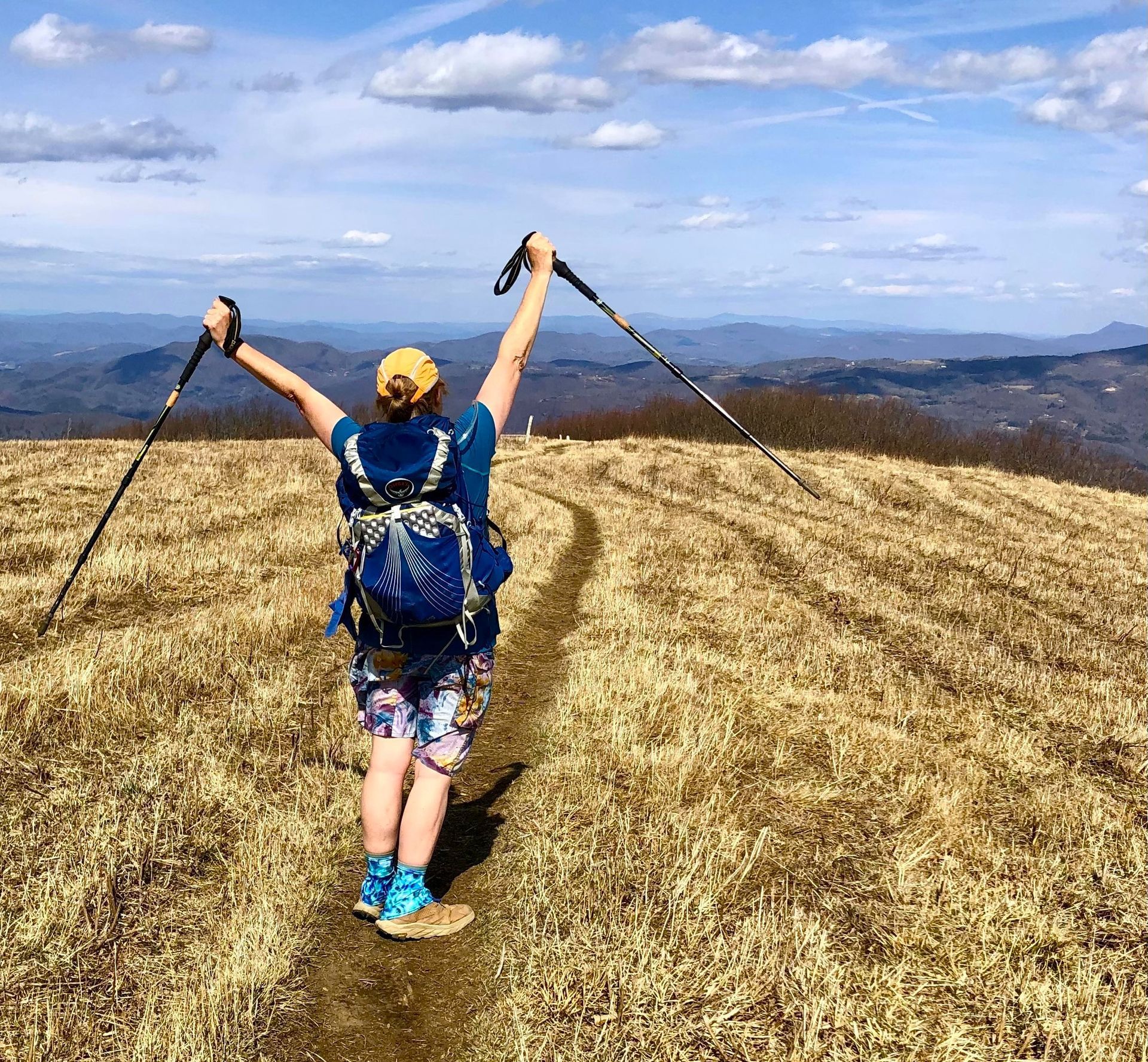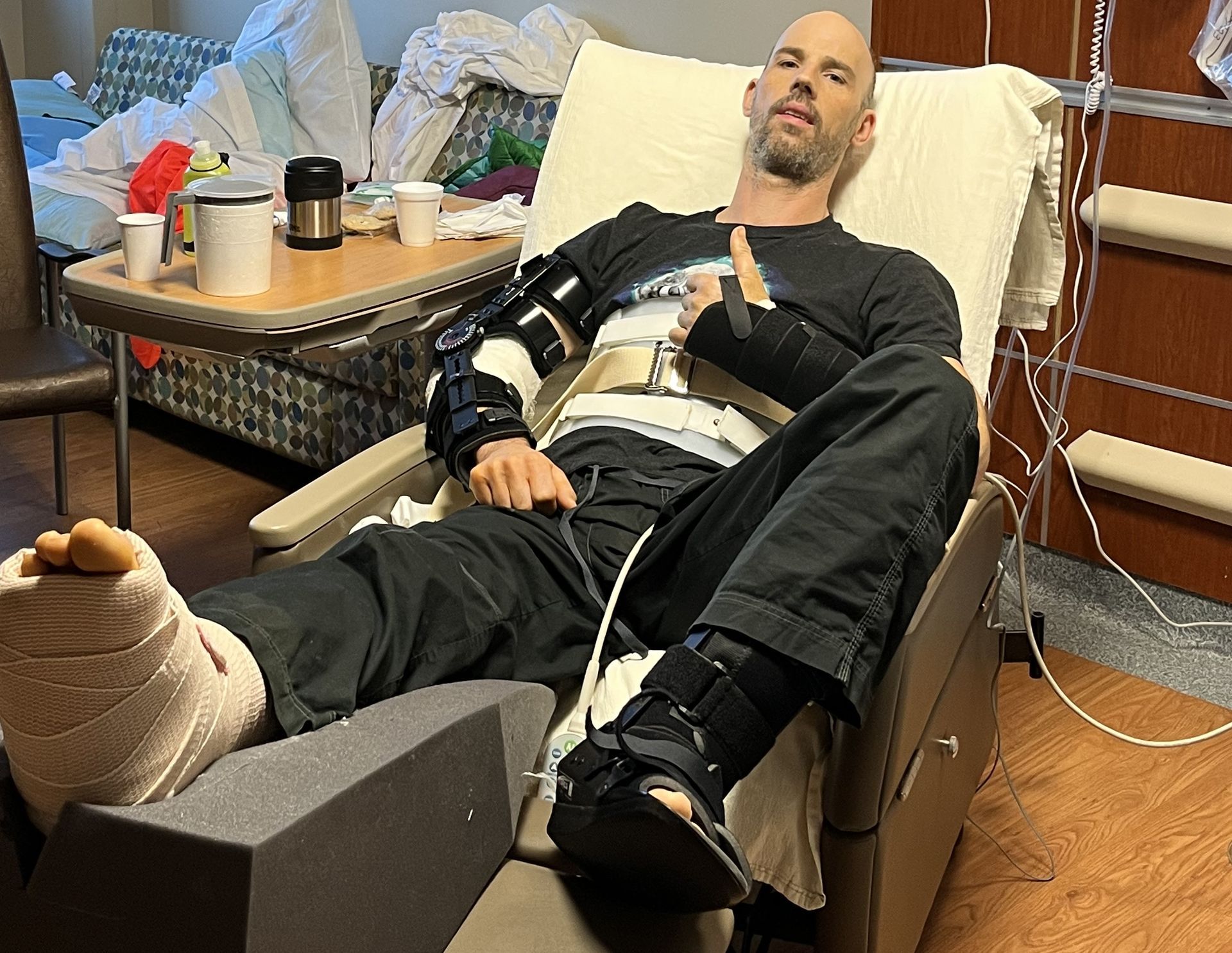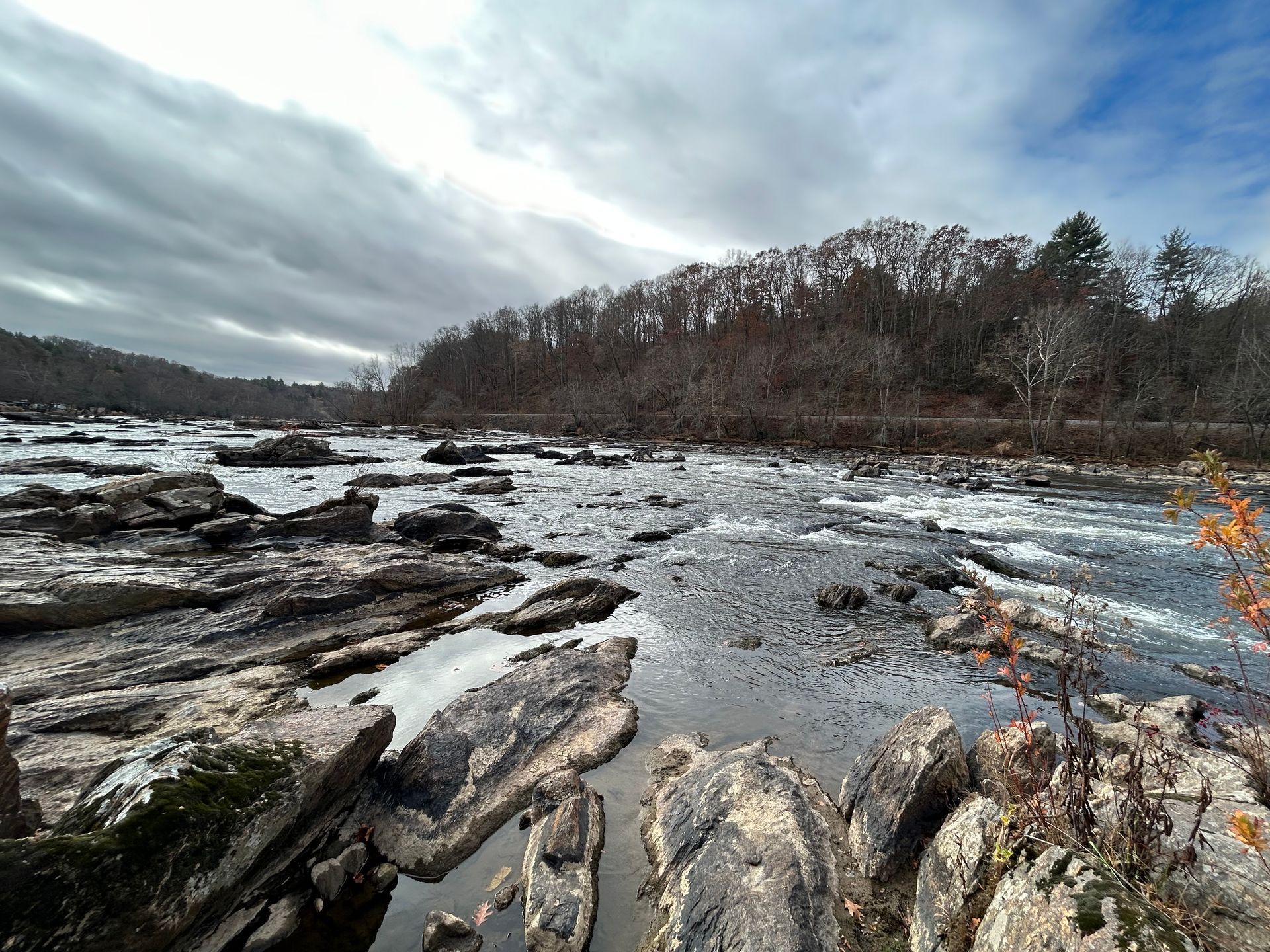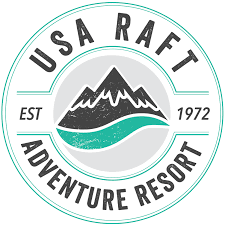Why Dutch Oven Cooking is a Thing!
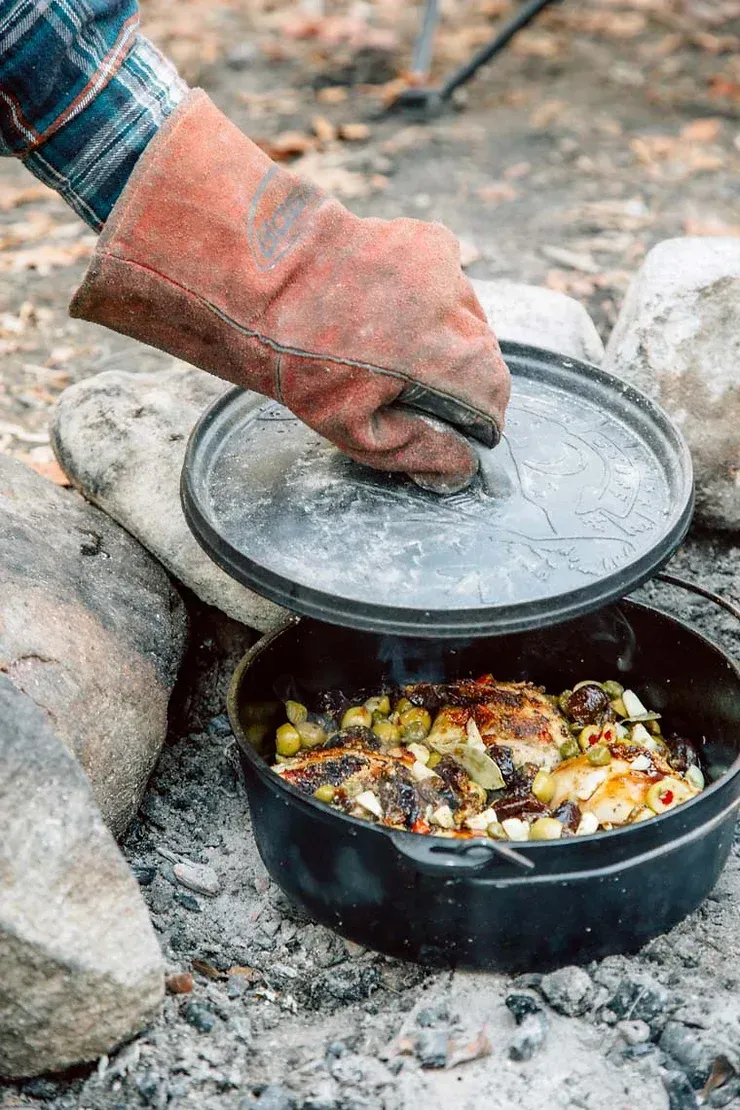
In all my years of being an outdoor person I’ve met a lot of folks who have had some kind of camping experience, from being in the Scouts or at summer camp when they were young to camping with their family and friends as adults. Most take a grill for hot dogs, hamburgers, steak etc. A Coleman stove is a standard as well, mainly for fixing food in skillets and pots and to make coffee. But the last few years I’ve been seeing more and more Dutch ovens being used for main meals.
The first time I saw a Dutch oven used with charcoal briquettes to heat it was after a river cleanup when a fellow made peach cobbler right in the fire pit. I was blown away and asked him to teach me, and that’s when I bought my first DO! Since then I’ve watched the trend grow and often see them now at just about every event or gathering I go to. Using them can really step up your game from the norm to have better food in camp. One pot meals like spaghetti where you don’t have to boil the noodles first save time and require less cleanup. And cleanup is made simple for greasy breakfasts and sticky desserts when you use specially made liners.

But they’re so heavy you say? Good news! A family owned US Company named GSI Outdoors has a line of hard anodized aluminum Dutch ovens that are a 1/3rd of the weight of traditional cast iron. I have the full set and love how easy they clean up, are non-stick and cook more evenly than cast iron. But best of all, they don’t rust. The exciting part is they can be packed in a canoe or kayak without the extra weight! For example the 10” weighs less than 4 lbs and the 12” is a mere 6 lbs vs. a cast iron that can weigh almost 20 lbs!
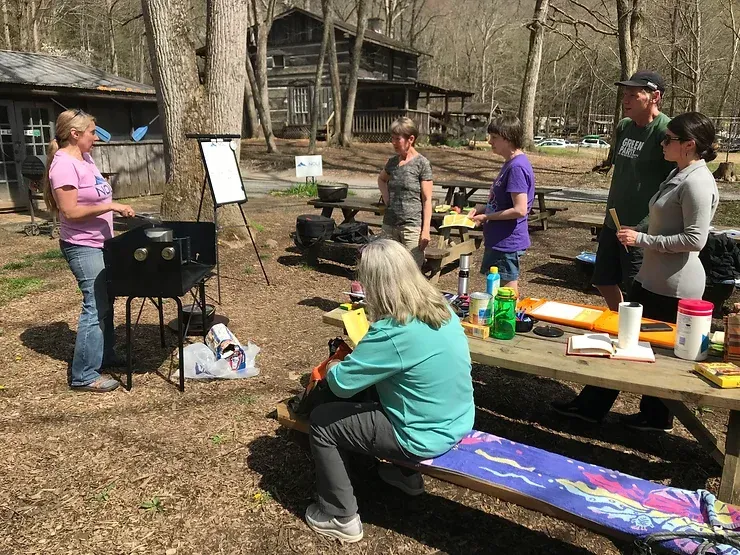
I have all the cast Iron as well and love using them when I’m car camping. Once taken off the fire they keep the food good and hot for a very long time which is good in cooler weather. But the aluminum DO’s are the ones to take on canoe/kayak trips. I’ve done it many, many times and they perform a little better than cast iron in the respect they heat up faster and aluminum is a better conductor of heat than cast iron.
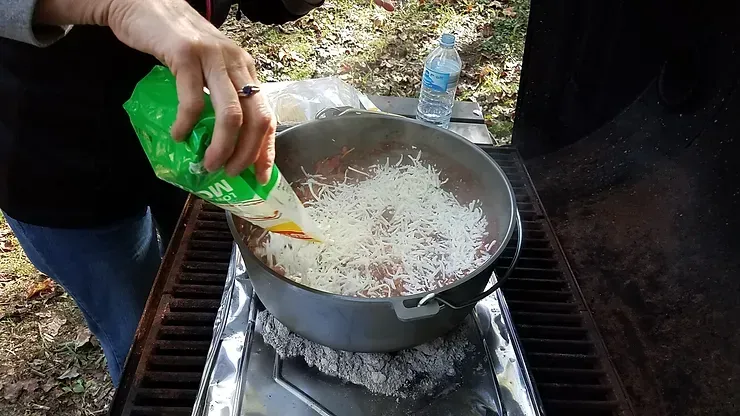
When I go on trips with friends instead of eating instant or Mountain House type dehydrated meals we use a Dutch oven to make a one pot meal that’s hot and hardy and can serve everyone. This is why it has become such a “Thing”! It’s no more trouble to have freshly made spaghetti, a cherry cobbler hot and gooey right off the coals and even freshly made hot biscuits or cornbread in the great outdoors! With a little prep, planning and education it makes things easy because once the “pot is on” using these techniques, it’s a perfectly heated oven at 350 degrees. That’s when you can set a timer and sit back and relax a bit while the food cooks.
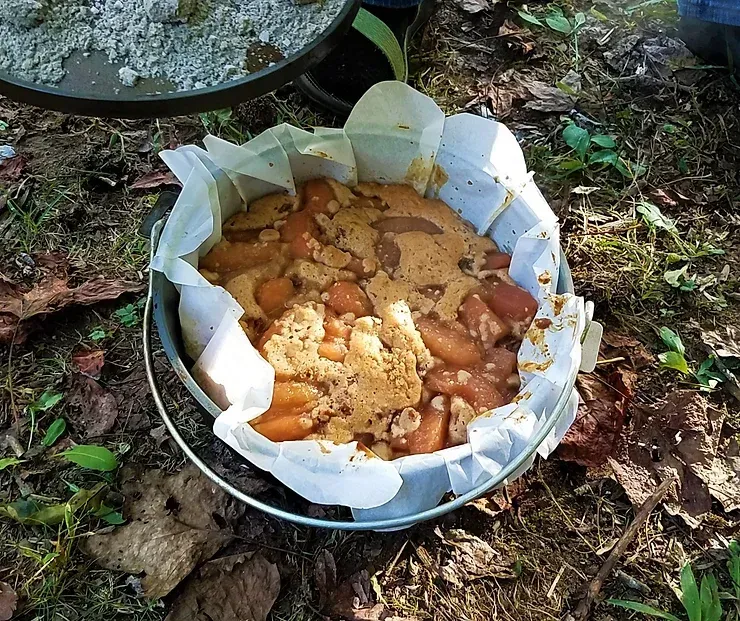
During my Campfire Dutch Oven Class at our outpost at USA Raft on Oct 17 I'll talk about the history and current uses of cast iron and Dutch oven cookery, how to choose and care for a Dutch oven, how to use different arrangements for baking, roasting, stewing or frying, and, most importantly, how to use various ingredients to create delicious camp meals perfect for sharing. The class will include a demonstration of how to cook a one pot meal, bake scrumptious cobblers and breads, and other delights. We'll cap off the day with a group meal of baked spaghetti, bread, salad and hot peach cobbler for the perfect ending to our outdoor culinary experience! Cost is $45. You can learn more and register here.
Happy campfire cooking and I hope to see you there!
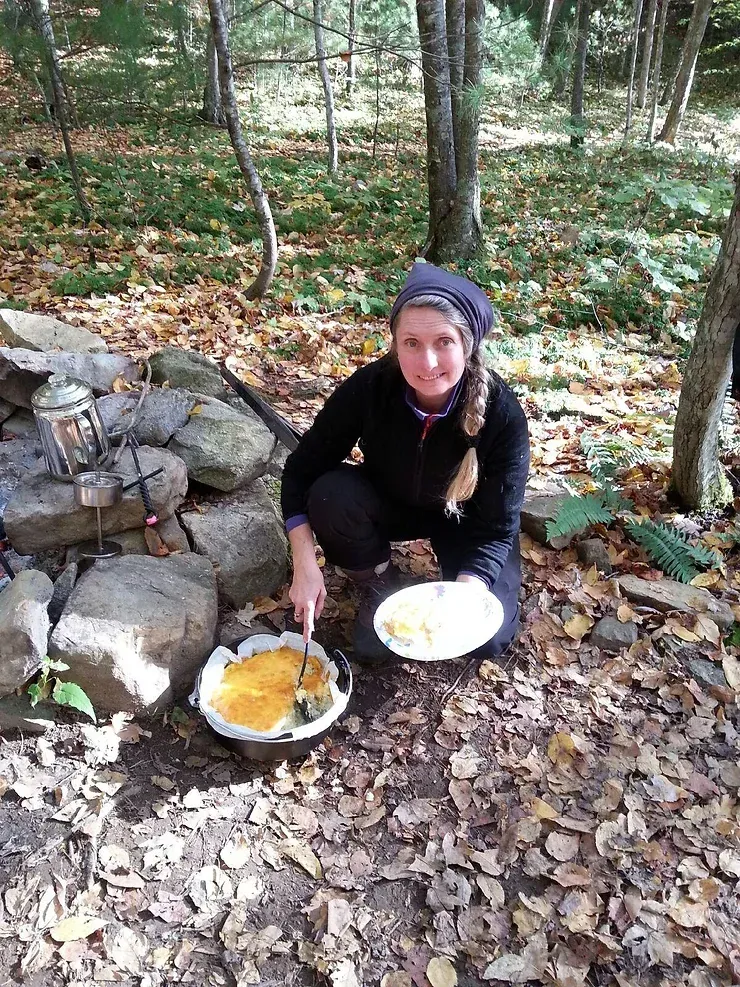
Debbie Briscoe is a lifelong outdoor enthusiast and instructs kayaking and camping for NOLI. She has helped countless individuals get into the outdoors over the years, many of whom she now counts among her friends.

